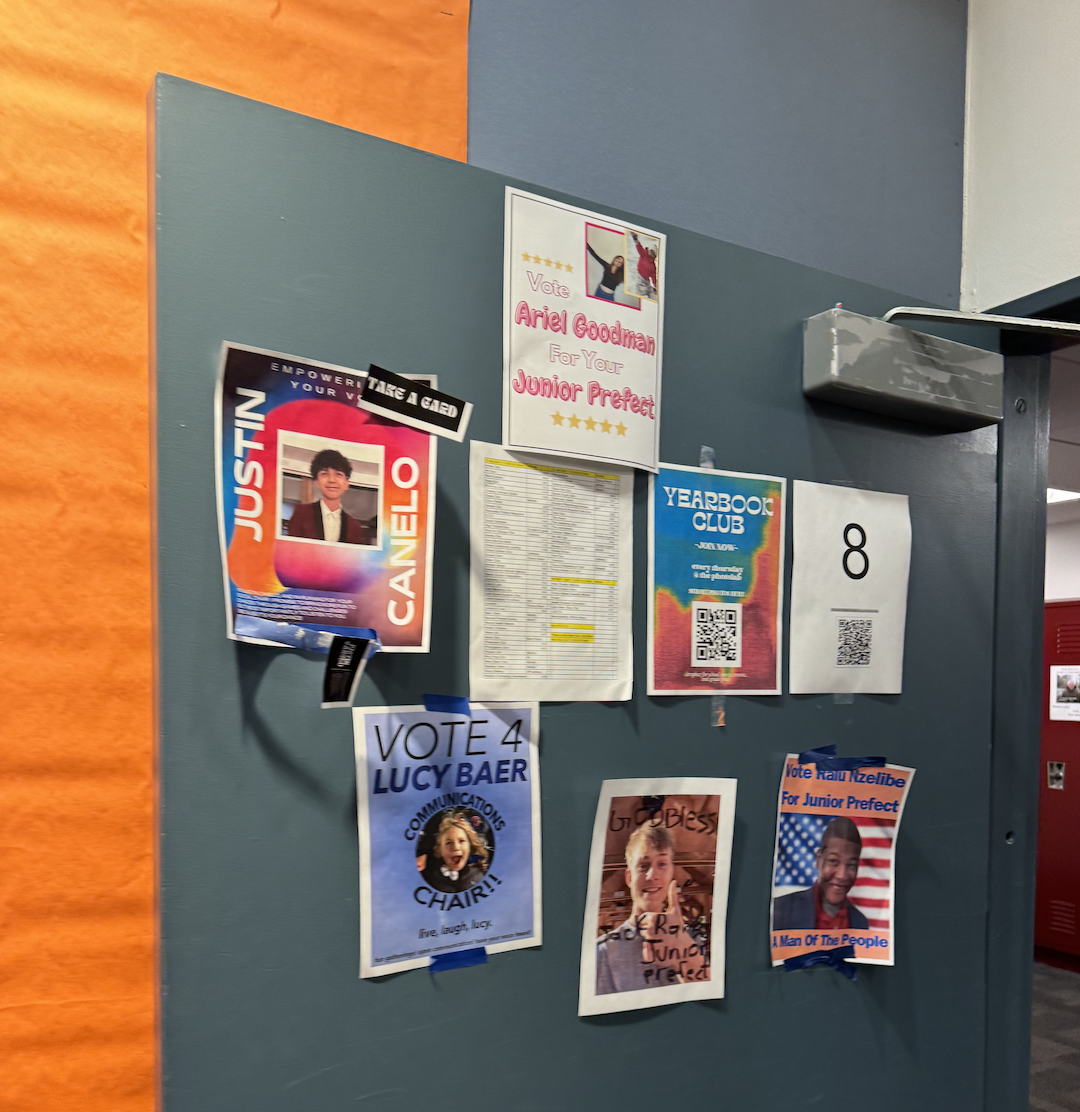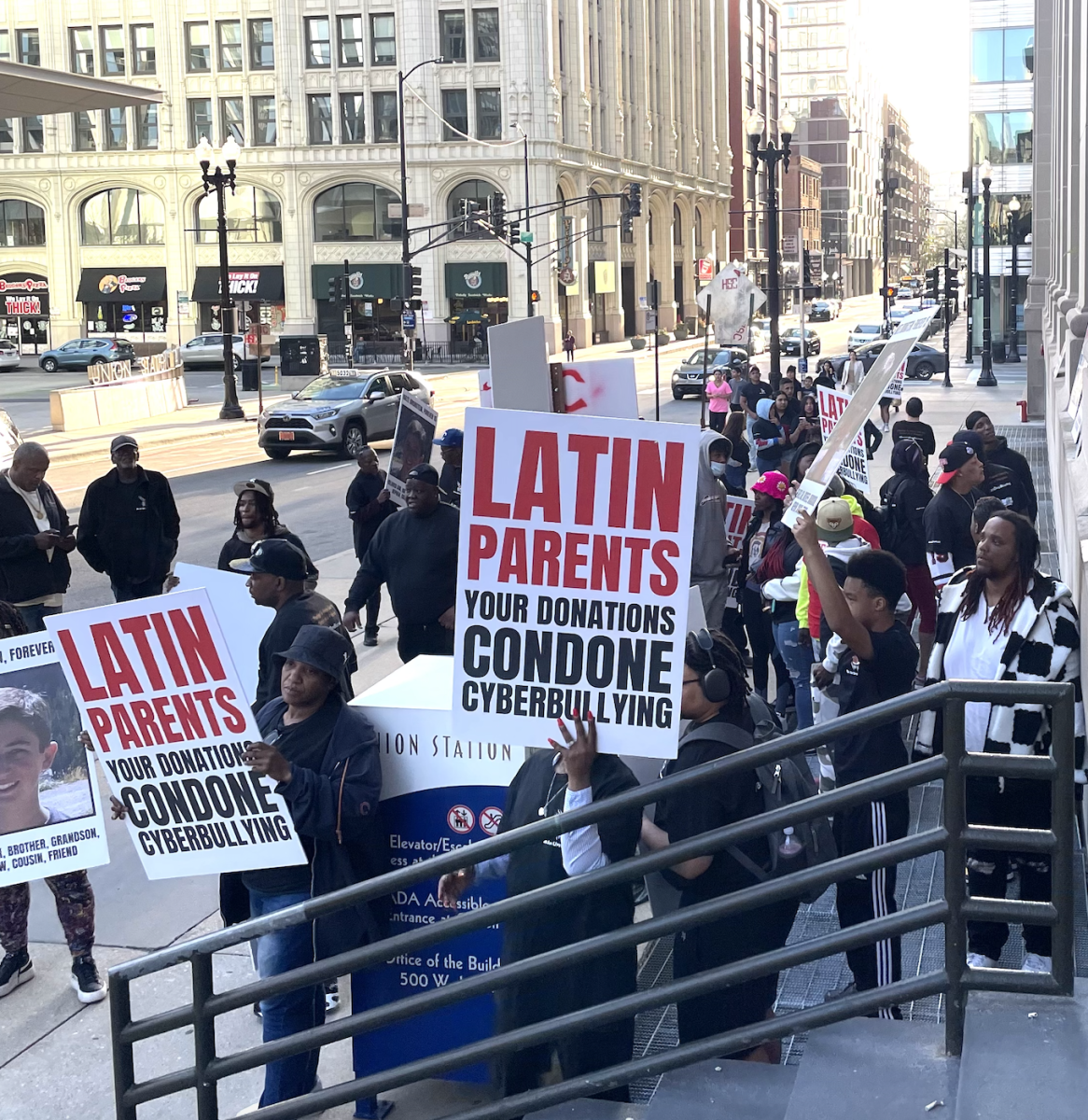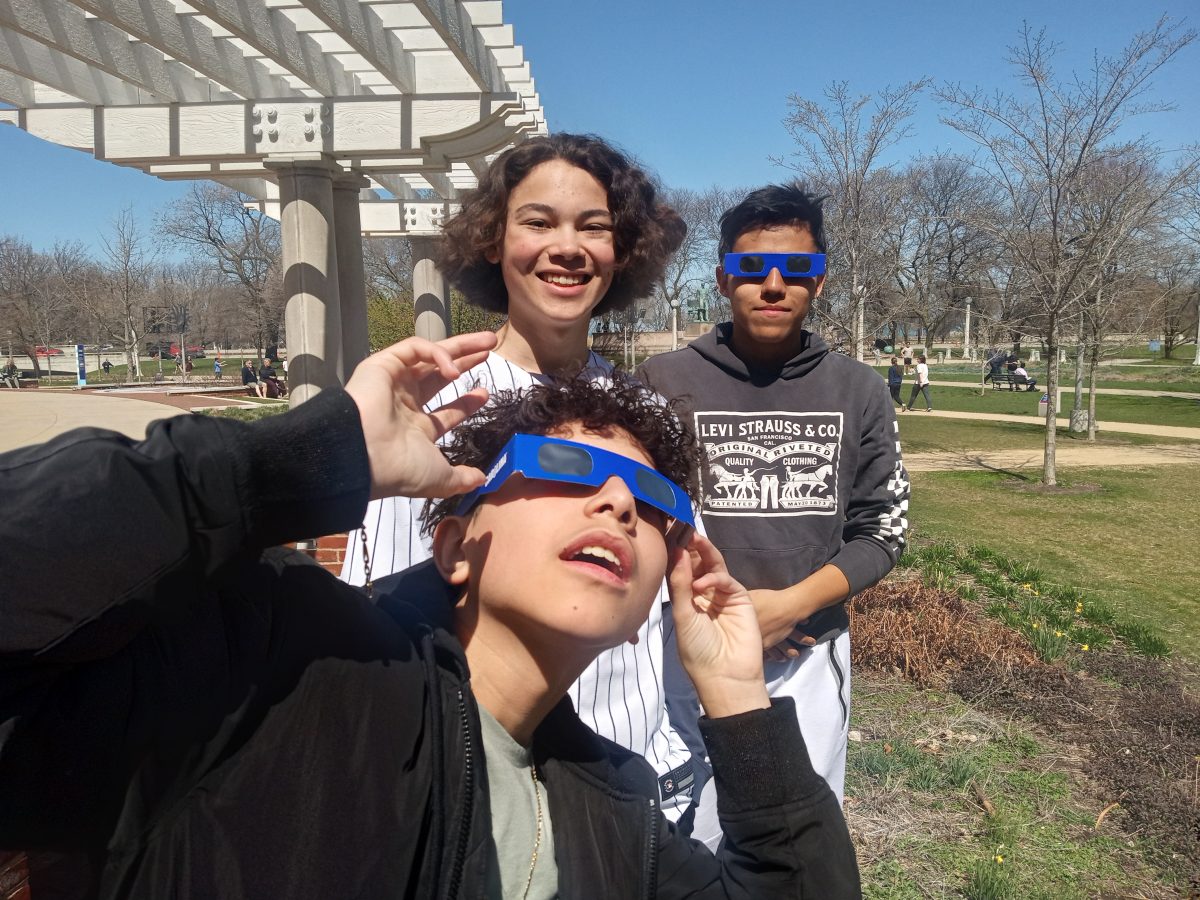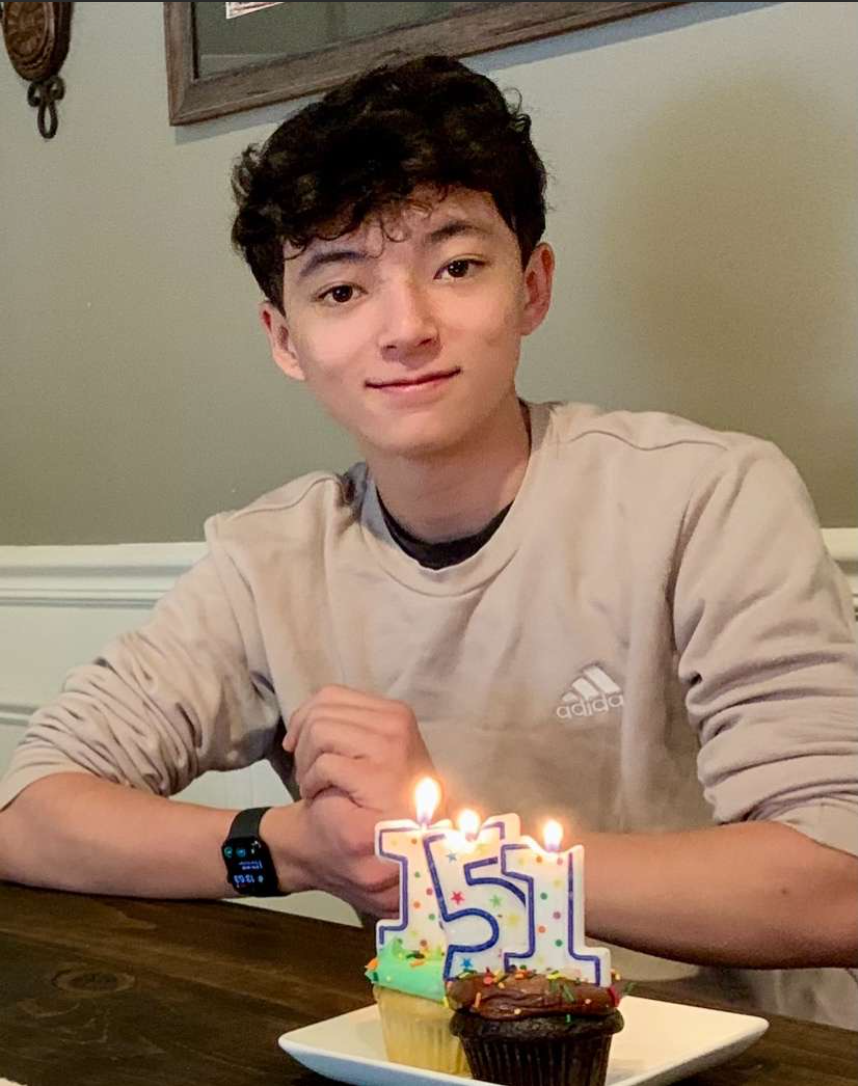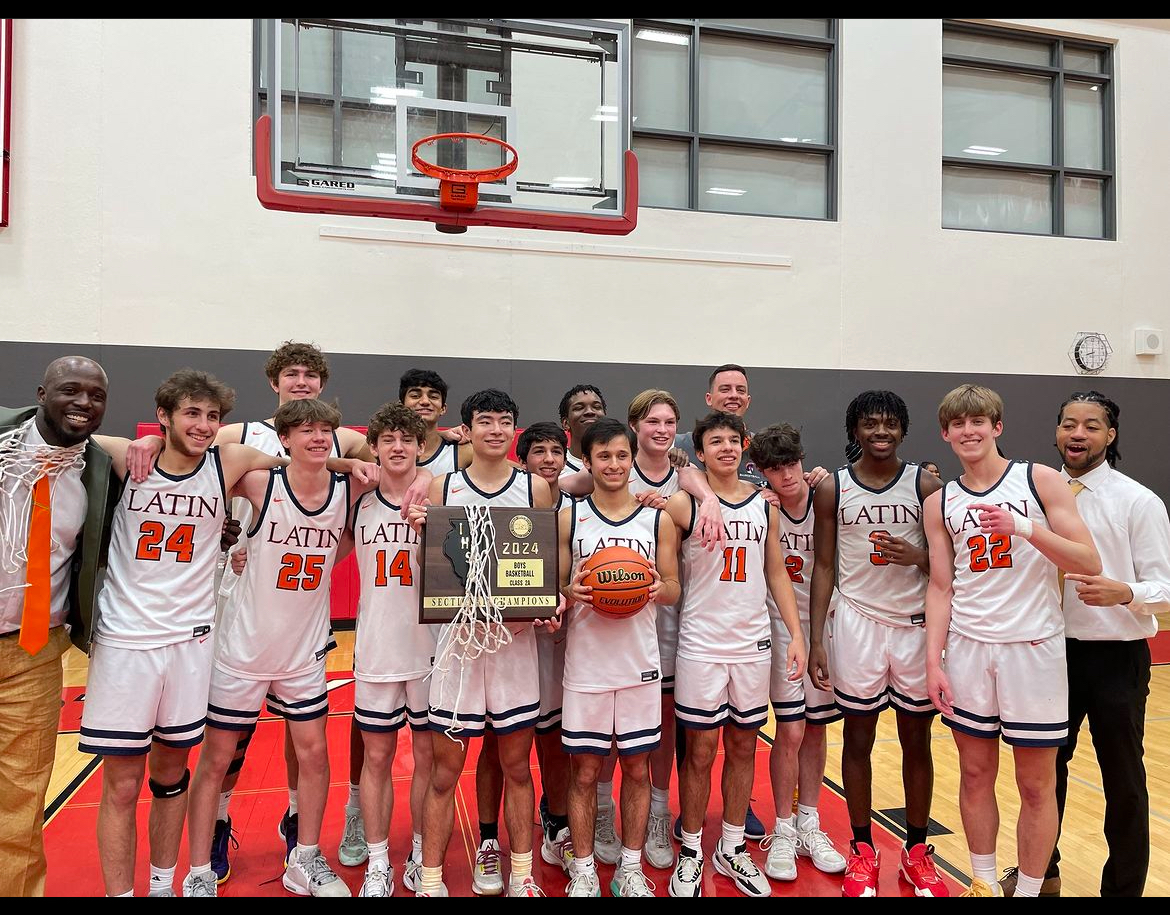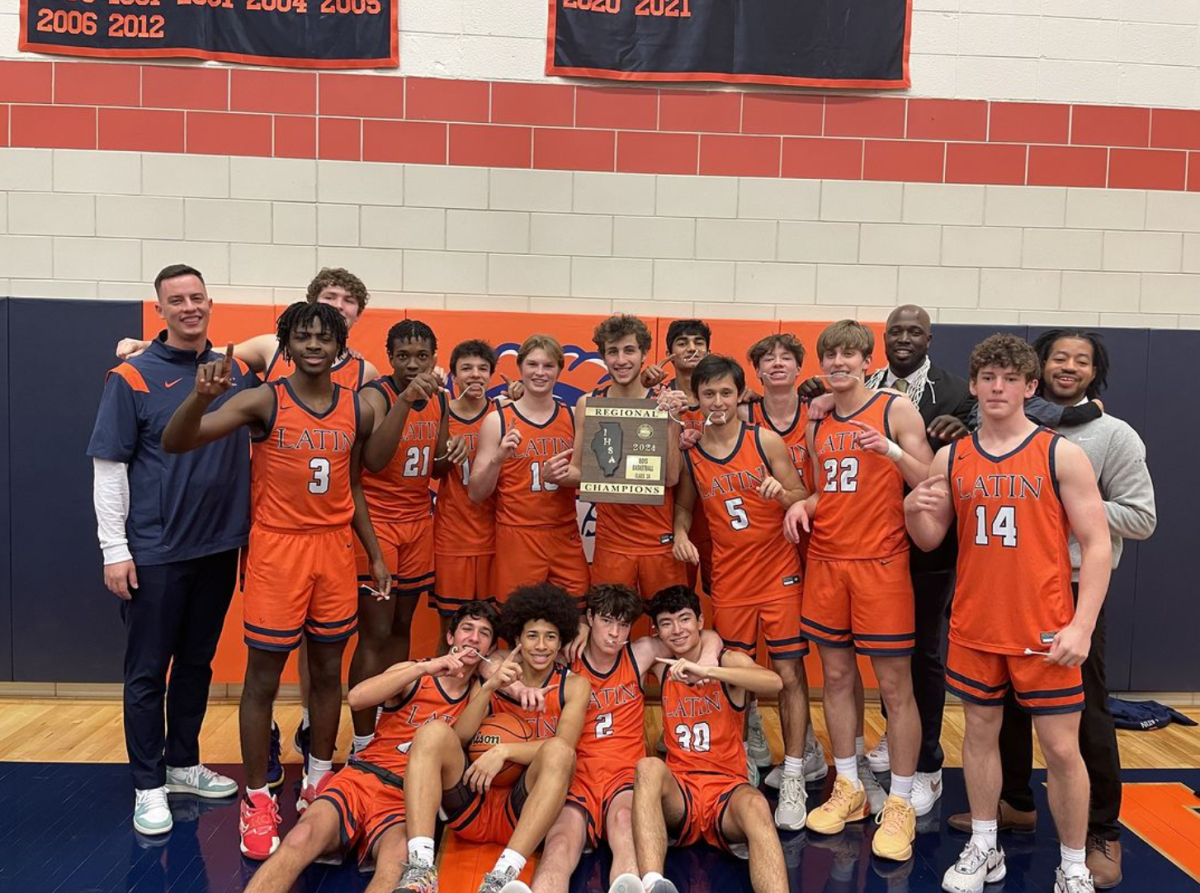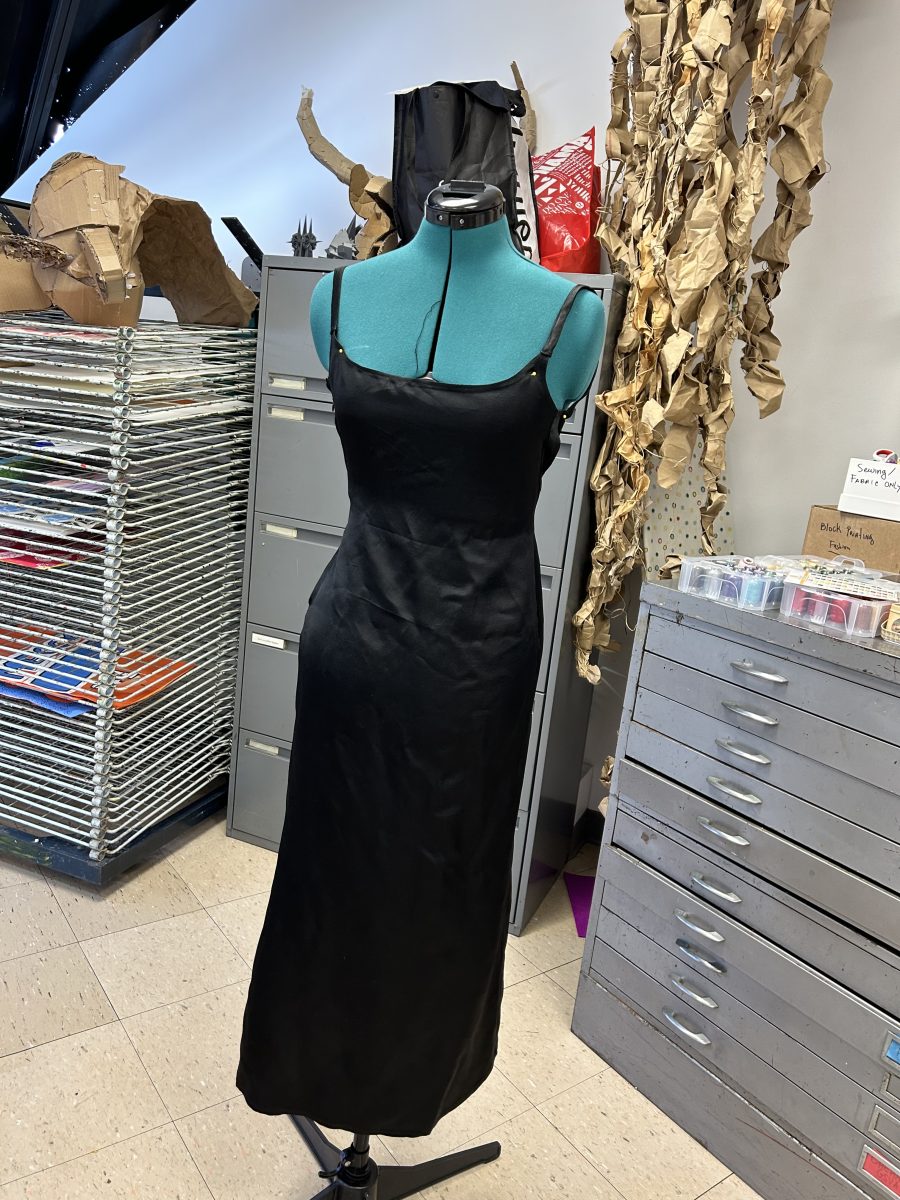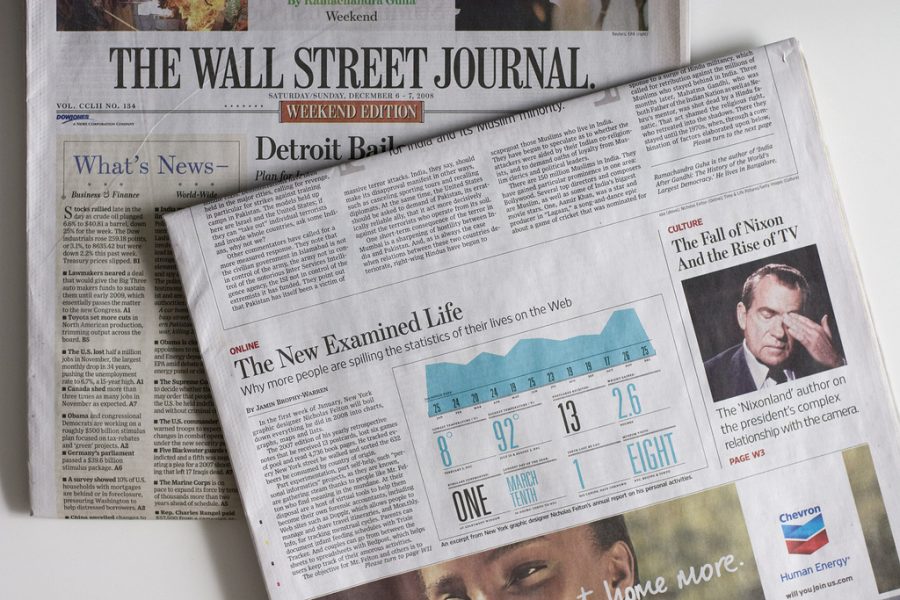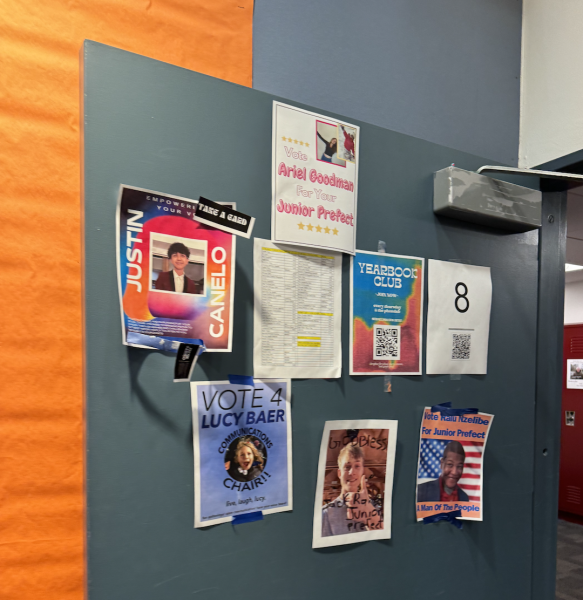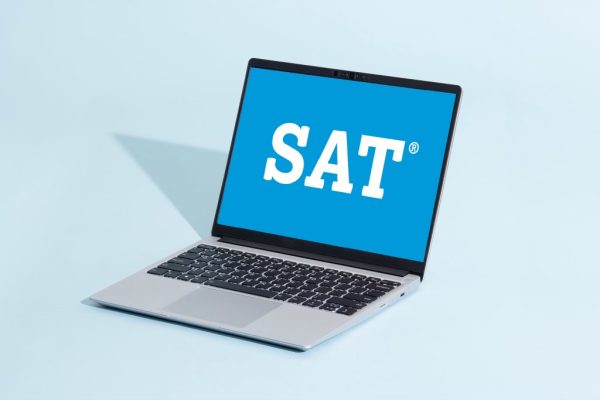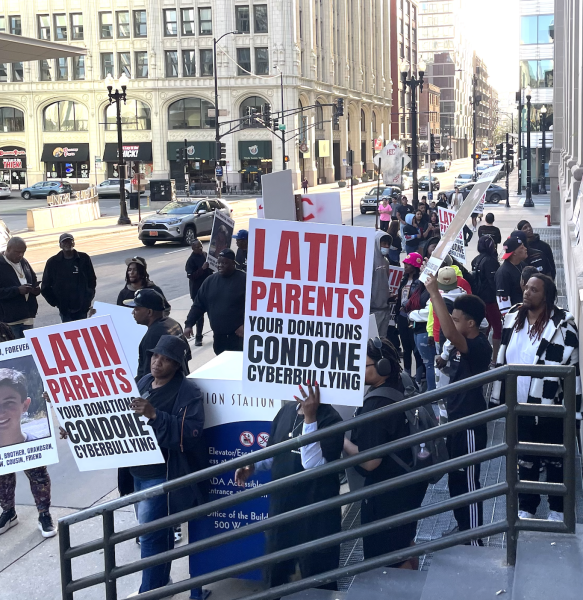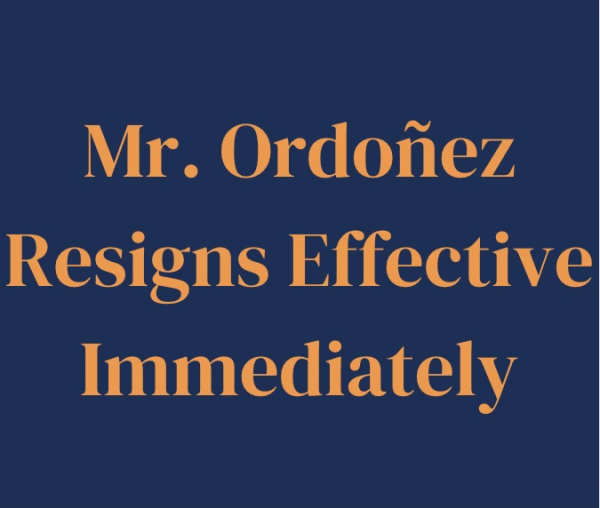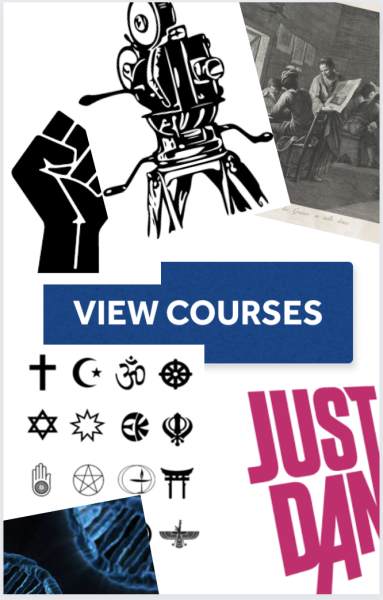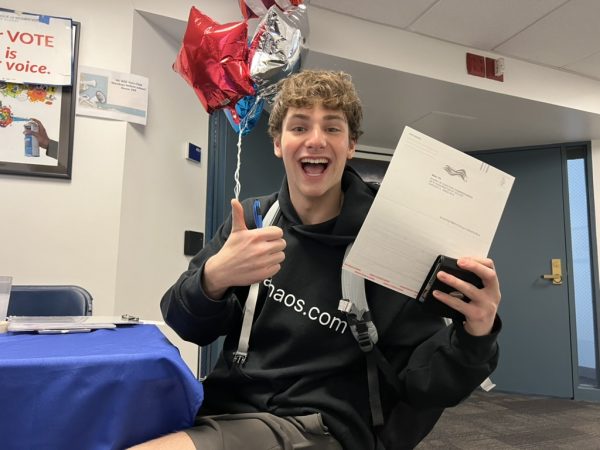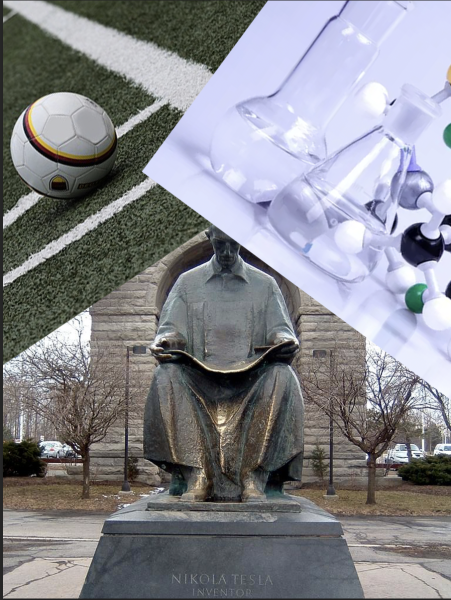Latin’s Wall Street Journal Acquisition Offers Students Broader Range of Political Perspectives
In December of 2020, Latin added another news source to its information database: The Wall Street Journal (WSJ). The paper—one of the most respected in the country—has joined The New York Times on the Latin Upper School Library page under “Newspaper/Magazines” as a new source to which every Latin student now has free access. The addition of this paper was not initially an administrative initiative, but rather the vision of one student—senior Rashail Wasim.
Rashail—an editor of Latin’s Discourses paper—is a member of the Honors Global and Comparative Politics class, which History Department head Cara Gallagher teaches. “I’ll start off the class by going through four websites and just looking for 30 seconds at the headlines,” Ms. Gallagher said. “No one talks. I share my screen, and we just see what four news organizations have as their headlines. I go from far left to far right. So I’ll start first with The Washington Post, then The New York Times, then The Wall Street Journal, and then Fox News.”
Through this activity, Rashail noted that the school gives students access only to The New York Times, which falls on the left side of the media bias spectrum. “I agree with Ms. Gallagher that all news sources have biases, and the only way to form a reasoned opinion on anything is to look at all sides of the issue,” he said. After pitching Ms. Gallagher on a subscription to The Wall Street Journal, Rashail was told that the department would love to provide such a resource but that the Journal, unlike the Times, didn’t offer a good deal for schools.
Rashail was not discouraged. “I offered to dig around and see if we could get a deal,” he said. “Apparently, [the WSJ] had established a high school subscription program recently, and Ms. Gallagher and [Upper School librarian Gretchen] Metzler were kind enough to handle the rest once I forwarded them the link.”
Ms. Gallagher, who also leads Latin’s civil discourse initiative, was thrilled when she received Rashail’s email. “I’ve been trying to get a subscription for the school to The Wall Street Journal for over a year now,” Ms. Gallagher said. She had even gone so far as to email the WSJ last year requesting a school subscription, but they offered a price far too high, particularly given the pandemic-related cuts that the History Department—and school at-large—budget has recently endured.
The addition of the media source is particularly well-timed, given that greater diversity of thought is a top student priority, according to the MLK climate survey presentation by Dr. Derrick Gay. Spencer Gunning, head of the Conservative Student Alliance, said, “I want Latin to offer a wide spectrum of news, no matter your stance. To widen the spectrum, that, of course, adds diversity. I support the move by Latin to add the WSJ, not because it is specifically right-leaning, but because it widens the spectrum to students and teachers.”
Ms. Metzler, who is in charge of picking and vetting Latin’s news resources, was equally thrilled at Rashail’s discovery. “We had always been in the market for The Wall Street Journal, specifically as a balance,” she said. But acquiring the subscription was not so simple. As with the History Department, the library’s budget has also been cut. “The library budget is pretty tight in terms of providing content or adding new content,” Ms. Metzler said.
When Ms. Metzler informed Ms. Gallagher of the potential roadblock to adding the WSJ, Ms. Gallagher convened a department meeting, which resulted in the History Department offering to split the subscription cost with the library.
Ms. Gallagher said she hopes students will take advantage of the thorough economic coverage the WSJ provides, but she pointed out that “students need to understand that the Journal isn’t just business news. … You don’t have to be a member of the Latin Student Investment Fund to reap the benefits of understanding the Journal’s perspective on world events, on current events and, yes, on the economy.” Ms. Gallagher said she believes “day-to-day financial literacy is so important for young people to understand,” regardless of what sort of career they aim to pursue.
The cost incurred for the WSJ is not insignificant to either department, and both Ms. Gallagher and Ms. Metzler expressed concern about being able to provide the source in future years. “We’re talking hundreds of dollars from just my budget,” said Ms. Gallagher, who worries that, when opportunities like conferences return, the paper might be cut. However, she feels confident that, if push came to shove, the paper would remain a source that students could use.
While there are many people to thank for allowing students this new resource, Ms. Gallagher said she is particularly thankful for and proud of Rashail. “I hope he sees it as part of his legacy for the school,” she said. “It’s the thing that will last, hopefully, beyond him.”
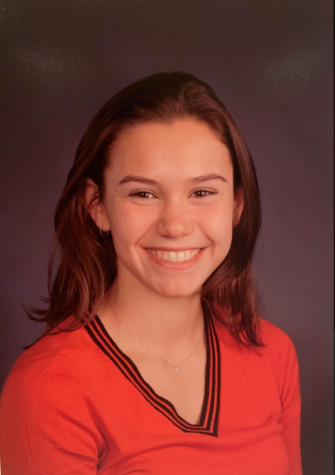
Marianne Mihas (’21) is one of The Forum’ s first two Sports Editors ever. She is the captain of the cross country and track team as...

